AI is everywhere. It’s on our newsfeeds, in everyday conversations and has even made it to billboards. AI adverts are clogging up traditional digital channels, and a lot of them are rather disappointing.
But hope remains high for AI in the communications and advertising industry. A recent report from Sandpiper Communications finds that almost nine out of 10 communications industry professionals across the world see AI as an opportunity.
What’s the status quo when it comes to AI in the ad and communications world? In this blog, and based on a number of findings, Red & Yellow Content Lead Nick Corbett explores the global advertising industry’s response to AI and examines why many professionals are embracing it as an opportunity rather than a risk.
Initial fears and concerns
The introduction of AI tools like ChatGPT and Midjourney initially caused concern in the advertising industry. Some feared that AI would lead to job losses and a loss of control over creative processes. In their report, Sandpiper found that 86% of communications professionals globally see AI as an opportunity, not a threat. Despite rapid technological advances, only 29% of respondents were concerned about AI reducing or replacing their roles in the future.
Embracing the opportunity
These statistics suggest that the advertising industry is increasingly viewing AI as a powerful tool to enhance creativity and streamline workflows. In fact, 65% of professionals predict major changes within the next three years due to AI advancements. The rapid adoption of generative AI tools indicates that the industry is eager to explore new possibilities and use AI to its advantage.
A recent McKinsey report finds that generative AI – tools capable of generating text, images, videos, or other data – could contribute up to $4.4 trillion in annual global productivity. Their analysis finds that marketing and sales is “one of four functional groups that combined could reap an estimated 75 percent of that value”.
Forbes, meanwhile, has published an article citing a study by Stanford and MIT, which showed that using AI boosted worker productivity by 14%. “AI can help get marketers out of the weeds of execution to focus 100% on customer connections, quality storytelling and overall business outcomes. In short, marketers will be able to get back to marketing.”
The importance of policies to manage risks
While the opportunities are promising, there are risks associated with AI adoption in communications and in the advertising industry. Legal and ethical issues are a significant concern for a number of advertising and communications employees, with 85% of professionals remaining worried about the implications of generative AI technologies. Data ownership and deep fakes are among the top risks, and only 11% of companies have policies or guidelines in place to address them. This lack of preparation highlights the need for industry leaders to take AI governance seriously and ensure responsible use.
What are some examples of broader policy management? The Australian government has published a Safe and Responsible AI in Australia discussion paper. In this piece, concerns are highlighted that high-risk and frontier AI applications are not currently subject to sufficient regulation, and that there is a need for “guardrails” to be put into place. Their approach takes the following into account:
- Preventing harm through testing, transparency and accountability
- Clarifying and strengthening laws
- International work to support safe development and deployment of AI
- Maximising the benefits of AI
Italy, which initially banned ChaptGPT across the board, has reinstated access to the tool. This occurred after Open AI made significant changes to satisfy Italian regulators in 2023, and was able to restore service to the country. These changes included an age verification tool and publishing a transparent article on how ChatGPT might collect personal data.
In a New York Times article, Philippe Krakowsky, the chief executive of the Interpublic Group of Companies, an ad giant, has much to say. “There’s little doubt that the future of creativity and A.I. will be increasingly intertwined. That said, we need to apply a very high level of diligence and discipline, and collaborate across industries, to mitigate bias, misinformation and security risk in order for the pace of advancement to be sustained.”
How Red & Yellow is here to help
If you’re unsure of how to approach AI tools in advertising, let us be your trusted partner when it comes to helping you navigate its complexities. Our new online micro-courses are designed to bridge the skills gap and equip you with the knowledge needed to excel in this AI-driven landscape.
What sets them apart is not just the practical application of a range of tools, but understanding the ethics behind them to use them responsibly – in advertising, digital marketing and beyond.
- AI for Designers: Learn how to harness the power of AI tools like Midjourney and DALL-E 2 to create digital artwork and graphics.
- AI for Copywriting: Discover how AI tools can empower copywriters to streamline their work and reach new levels of creativity.
- AI for Educators: Explore how AI can revolutionize teaching and make education more personalized and efficient.
- AI for Management Insights: Gain insights into how AI can supercharge business decisions through prompt engineering and data-driven insights.
- AI for User Experience: Understand how AI can improve user experience for websites and apps, boosting customer satisfaction.
These courses offer a unique opportunity to stay ahead in the advertising industry, embrace AI as a valuable tool, and address potential risks with confidence.


